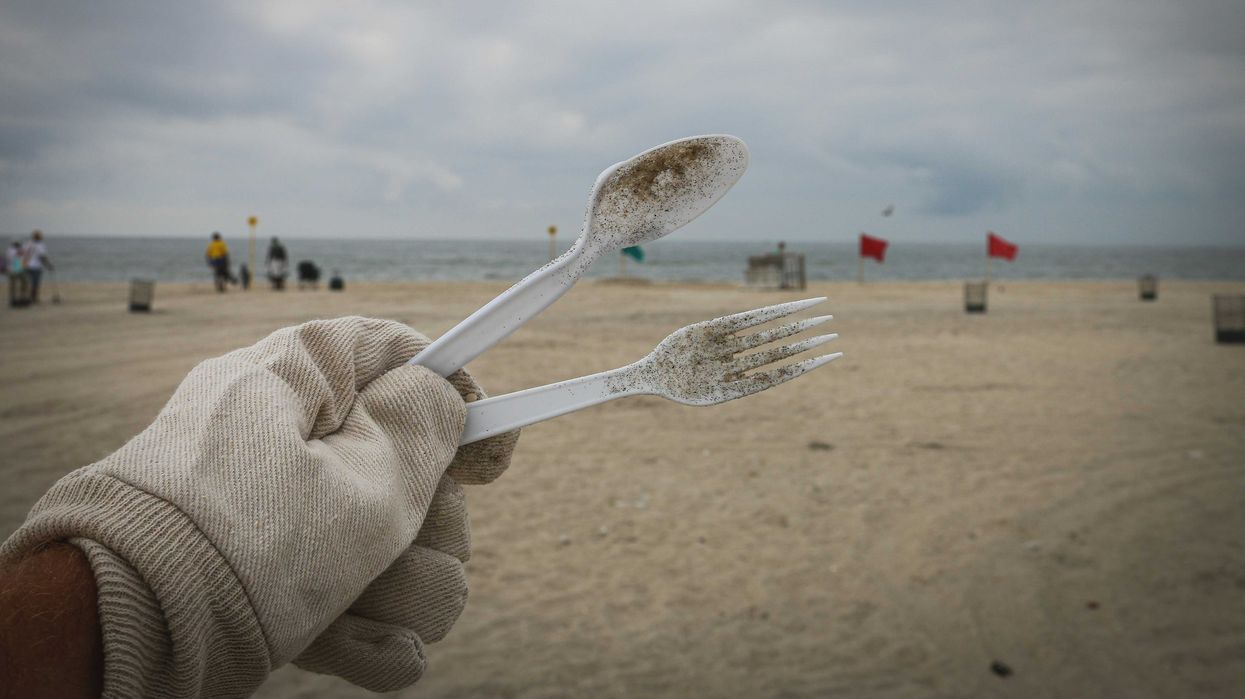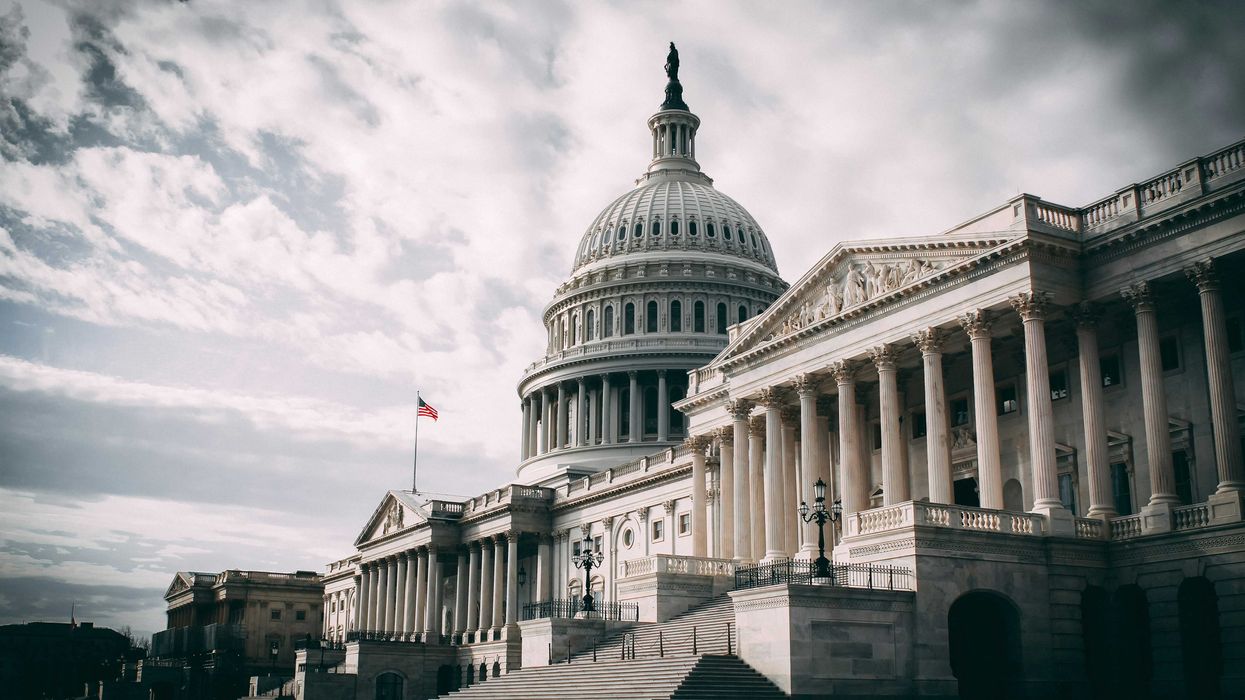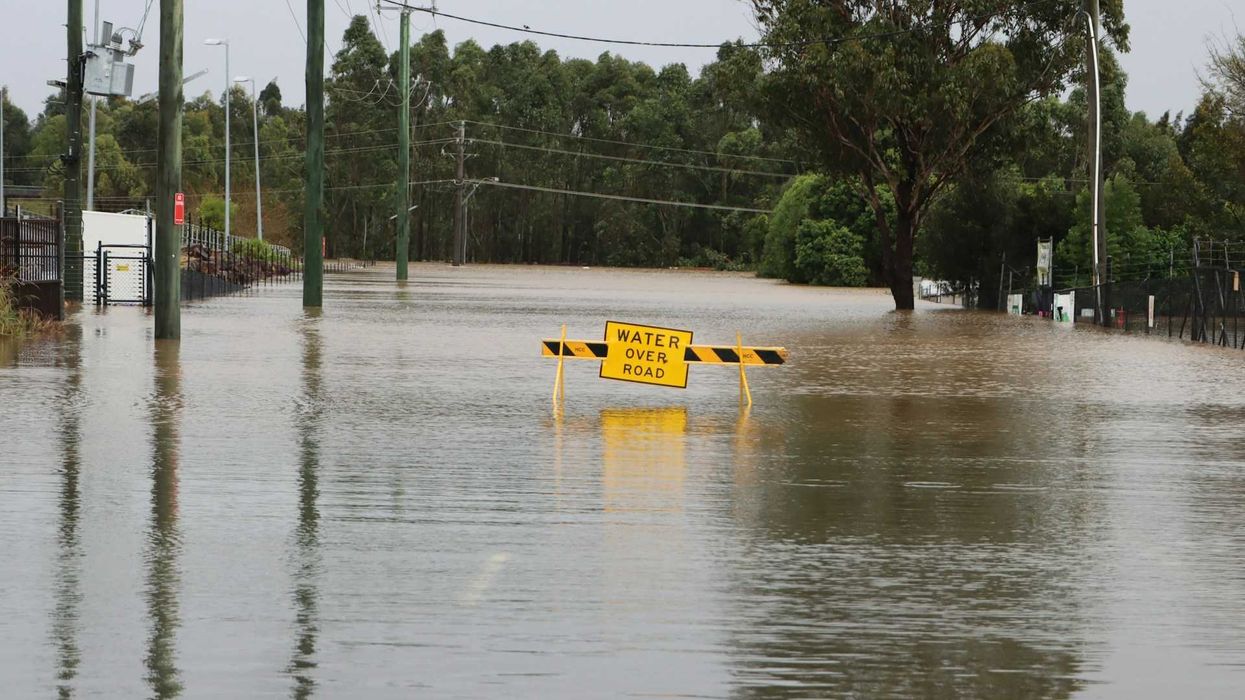A decade after toxic water exposed thousands of residents to lead, Flint has yet to fully replace its lead pipes, raising concerns for cities now facing a national mandate.
Michael Phillis and Tammy Webber report for The Associated Press.
In short:
- Flint declared completion of its court-mandated lead pipe replacement, but many pipes remain in the ground due to opt-outs, vacant homes, and missing records.
- Mistrust, miscommunication, and logistical failures plagued the project, including long delays in yard repairs and confusion among residents about their home's pipe status.
- Newark, New Jersey, avoided similar pitfalls by mandating access, allowing renters to approve work, and holding contractors accountable for cleanup before final payment.
Key quote:
“We don’t know what to believe. We don’t trust the system.”
— Aonie Gilcreast, Flint resident
Why this matters:
Lead in drinking water is a persistent public health threat that disproportionately harms children and low-income communities. It damages brain development and contributes to behavioral and learning problems. While the Biden administration finalized a federal rule to replace roughly nine million lead pipes across the U.S., implementation depends on public trust and efficient planning — both of which Flint struggled to maintain. Cities like Newark show it’s possible to move more quickly and equitably, but gaps in oversight and communication, as seen in Flint, can erode trust and stall progress. With the Trump administration now deciding whether to uphold that federal lead pipe replacement mandate, Flint’s cautionary tale is timely for cities preparing for costly and disruptive infrastructure upgrades meant to protect public health.














